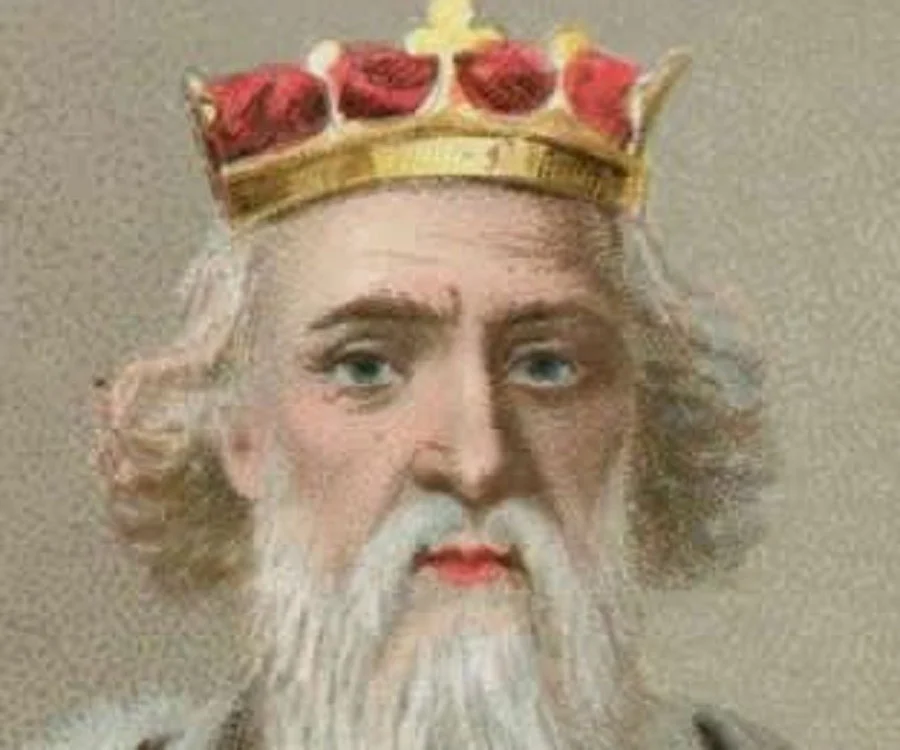1066
5th of January is like another day, however, if we add a year to the date, 1066, that might have a different look on the date.
So, the 5th of January was the first chain of
events that year.
 |
| Edward the Confessor |
Edward was known for his religious piety and devotion. He was to have built at Westminster a magnificent
abbey, dedicated to St. Peter, it was here that it was thought that Edward
performed miracles and such as touching the sick. Following his death, Edward was to be canonized
as a Saint by the Catholic Church nearly a century after his death, 1161.
Edward died on the 5th of January, and without
naming a clear successor, as both he and Edith didn’t have any children.
It is thought that Edward had intended that William duke of
Normandy was to be his heir. The family connections were that William’s
grandfather, Richard, whom was the second Duke of Normandy was the brother of
Emma of Normandy, Edward’s mother.
 |
| Harold Godwinson |
However, things weren’t as simple as that. Two year earlier, 1064, Harold had apparently
been shipwrecked at Ponthieu, but there is speculation behind his story.
The Norman chronicles, however, like to give a different version
of story to Harold’s journey. The first
being that Harold was seeking release of some his family members in Normandy,
who had been held as hostage since Godwin’s exile of 1051. The second version is that Harold and been
travelling along the English Channel whilst of on a hunting and fishing
expedition, and that he had been driven across the Channel by an unexpected storm,
where he was captured by Guy I of Ponthieu.
After William had arrived, that Guy was ordered to hand Harold over to
him. It is whilst he was Normandy that
Harold made an oath to William.
Following the news of Harold’s coronation, William made
plans to invade England. 70 ships were
built. Harold assembled his troops at
the Isle of Wight, it would have been these troops that would be ready for the
invasion. With provisions running out
Harold disbanded his army on the 8th of September.
On that same day, an invasion force of Hardrada king of
Norway and Tostig, landed at the mouth of River Tyne.
Hardrada and Tostig defeated the English earls Edwin of
Mercia and Morcar of Northumbia at the battle of Fulford, on 20th
September. Harold led his army north to
York, where four days later they caught Hardrada by surprise. On the 25th of September both Hardrada
and Tostig were defeated at the Battle of Stamford Bridge.
Whilst Harold was up North, William set sail from Normandy
on the 12th of September, the fleet had to take shelter at Saint Valery-sur-Somme
due to storms, the fleet waited for the wings to change. On the 27th,
it set sail to England, arriving the following day at Pevensey, East Sussex.
 |
| Battle of Hastings |
Harold’s army had marched the 240 miles to intercept William’s army. Harold established his army in hastily built earthworks near Hastings.
On the 14th of October, both armies clashed at
Senlac Hill in the Battle of Hastings.
The battle lasted 9 hours.
Harold’s forces were deployed at a top of a sloop. It as during the afternoon,
that William who feigned his death, and that English had thought that the
battle had been won. It was during this
time that Harold was killed.
The Bayeux Tapestry depicts that Harold was famously killed
with an arrow in his eye.
 |
| William I |


Comments
Post a Comment